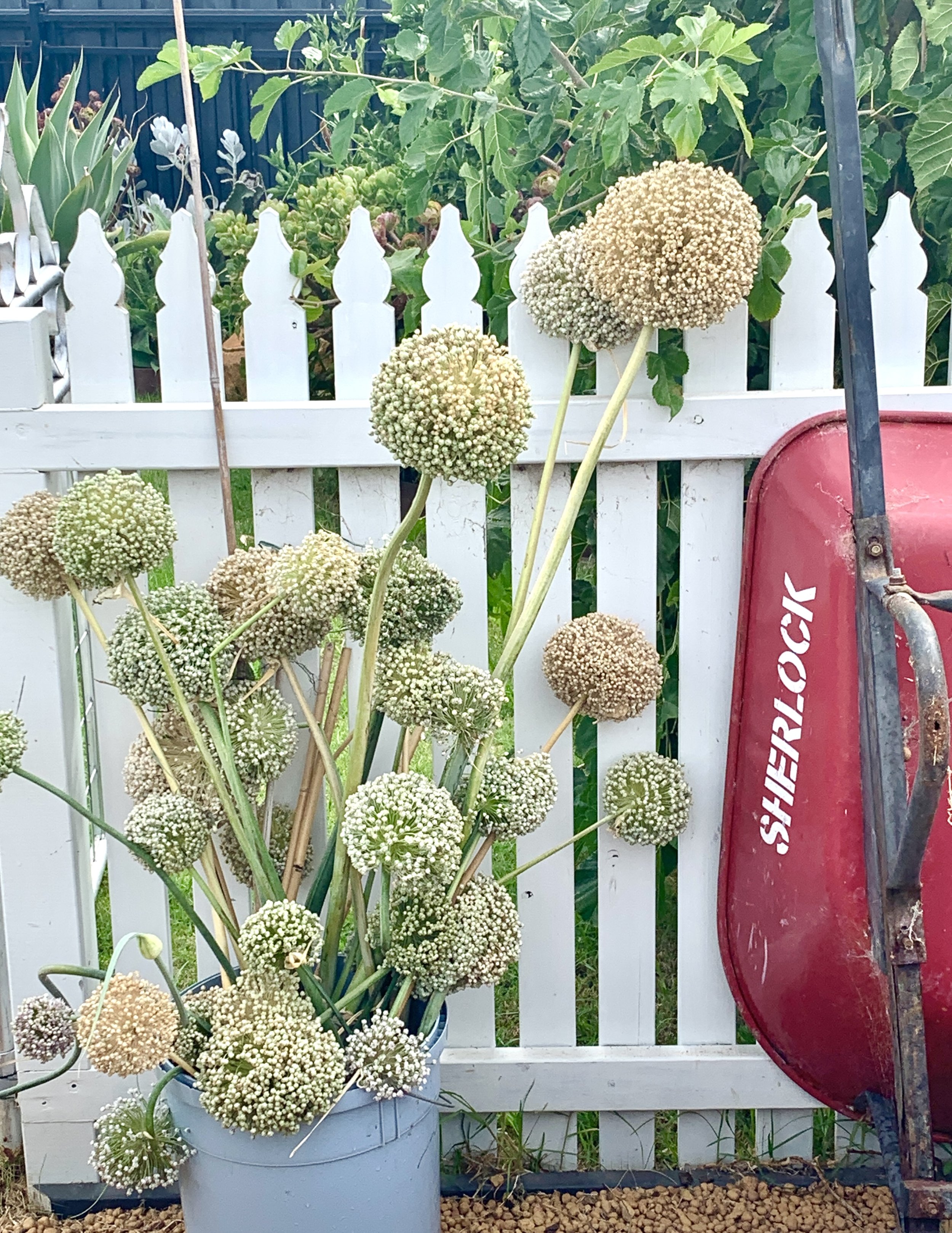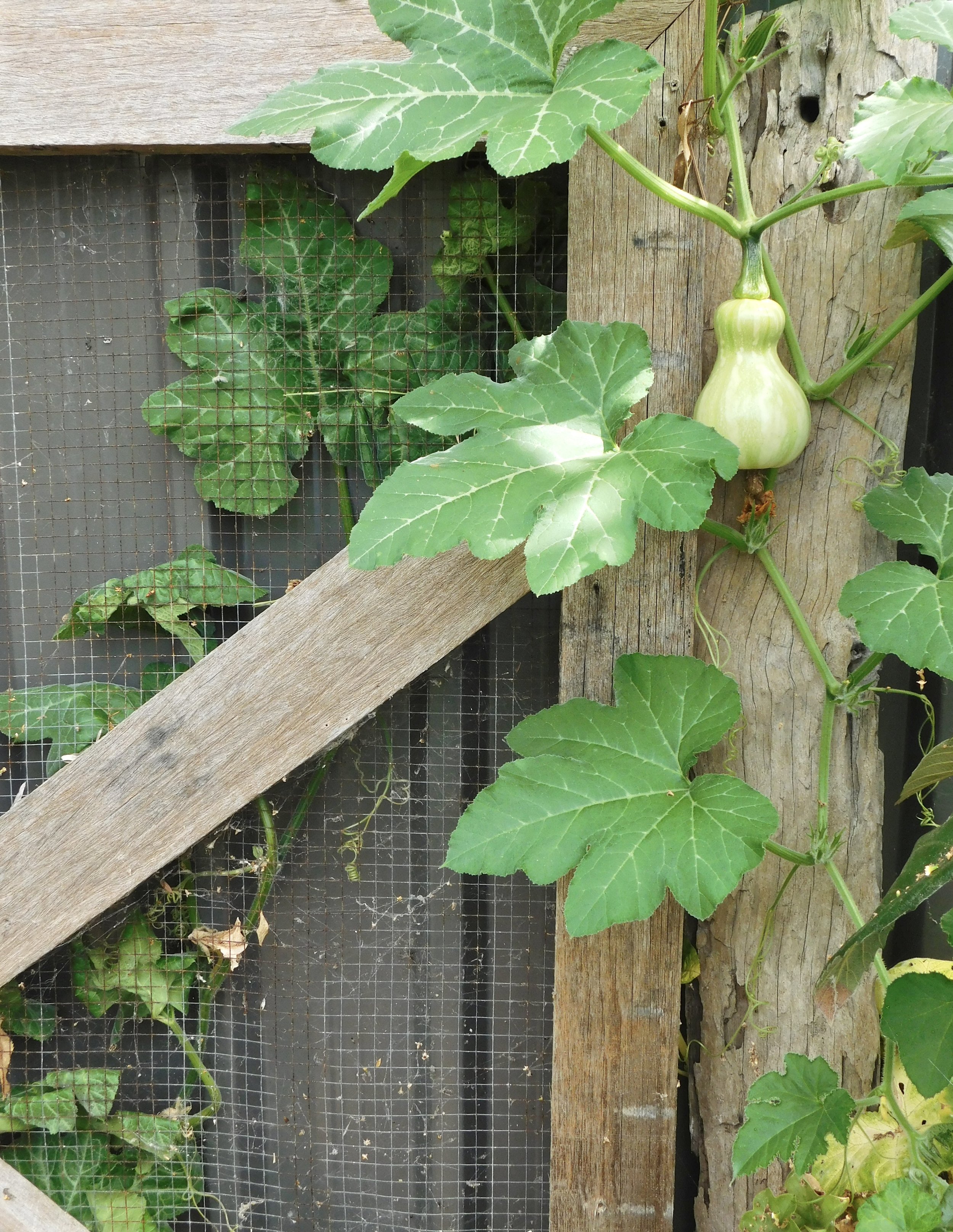Summer of the Skinks
28 March, 2025
We’ve had an abundance of skinks in our little garden this summer. With temperatures higher than previous years and the occasional rainfall, it’s provided the perfect conditions for them to thrive. Even now as we slowly start to embrace autumn with the shorter days and cooler nights, the skinks are still out playing.
Over the last few years I’ve begun to appreciate our skink friends more. Despite giving us the occasional ‘jump scare’ over summer, (although at times I’m not sure who’s more startled, them or us), there’s an endearing quality about them.
Growing up in the Australian bush I had plenty of close encounters with skinks and other reptiles, but the connection I’ve made with the ones in our backyard feels a little more personal. There’s an unspoken understanding that our space, is their space.
As I hear the skinks moving about the garden, with a gentle rustle, I know they are helping keep our garden in balance, feeding on snails, slugs, beetles, ants & other insects and I’m grateful for their presence.
“Once you make that connection to Nature, you see things in a different light, and once that bond is made it can never be broken, it just grows stronger.”
A few weeks ago it felt like we’d seen the last of the hot days, but our resident King Skinks showed no signs of retreating to their winter location under our house. I took this as a sign we hadn’t seen the last of the summer weather, and with a spike in temperatures this week, it seems the skinks were right.
Despite the hot weather, I’ve been knee deep in organic materials, adding layers of carbon and nitrogen to help build the soil in our garden beds, ready for the Autumn Plantings to be carried out over the next few weeks.
A few weeks ago, I created a mini version of a ‘dead hedge’ to build a raised garden bed and make use of some tree trimmings. This is a technique I demonstrated in my Re-think Your Garden Waste Workshop last year. If you’d like to learn more about this and other permaculture techniques to process your garden waste and build soil naturally, you can join the waitlist for the next workshop to be held later this year here or contact me direct.
After harvesting our butternut pumpkins, I always leave them on our front verandah to ‘cure’ in the sun. This allows the skin to harden, enabling them to be stored for a longer period. The ‘curing’ stage takes approx a few weeks, with the pumpkins being turned over occasionally. This little harvest weighs in at 15.2kgs with more pumpkins to be harvested in the next week or so.
When the girls were free ranging in our backyard the other day I noticed they were helping themselves to some fennel seeds that I’d left to dry on the plant. The seed head had conveniently fallen over making it easy for them to ‘help themselves’. It got me thinking about the innate wisdom of our backyard companions. I love fennel for it’s healing qualities and for their delicate flowers attracting beneficial insects, but on further research I discovered that when the seed is fed to laying hens during the hot summer months, it can help reduce the effects of heat stress on egg quality….but I think our girls already knew that😉!
A little inspiration from a lovely client’s garden, growing leeks just for the flowers.
With limited space in our garden, we don’t grow any leeks as they’re not our favourite food, but after seeing my client’s garden decorated with leek flowers and seed heads, I’m now inspired to include them for their happy presence …and for the bees and beneficials too!
I love the little surprises Nature leaves for us to find. I had to smile when I saw this cute little pumpkin hanging down like a light bulb, perfectly arranged on the side of an old gate.
Til next time, best wishes,
Alisa🌞🍃








